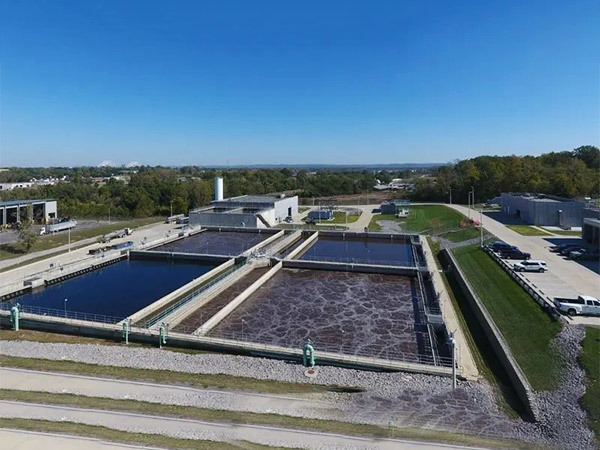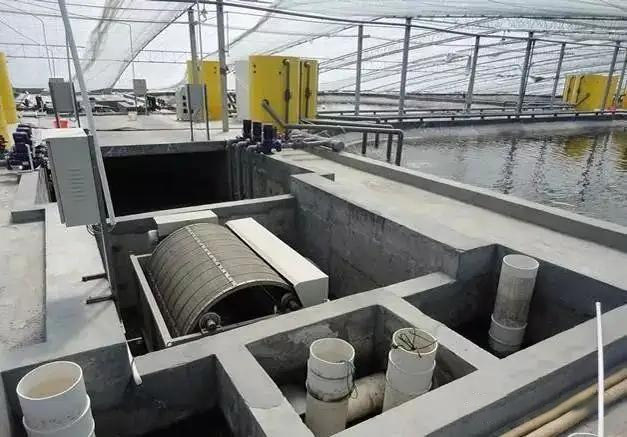Aquaculture wastewater
Aquaculture Wastewater
Livestock and poultry breeding wastewater
Livestock and poultry breeding wastewater contains a large amount of harmful gases such as ammonium sulfide, sulfur monoxide and trimethylamine. If the discharged livestock and poultry breeding wastewater is not properly treated, the gas in the water will slowly emit into the air, which will pollute the atmospheric environment in the wastewater discharge area. Wastewater from livestock and poultry farming also contains a large amount of pathogenic bacteria. Due to the fact that livestock and poultry breeding wastewater mainly comes from fence flushing and rain exposure, it includes livestock and poultry hair, feces, undigested feed, and dissolved substances. These pollutants, after entering the water, will produce a large number of pathogenic bacteria, which will worsen the water quality conditions. The commonly used treatment processes or equipment for livestock and poultry breeding wastewater include: grid machines, solid-liquid separators, air flotation machines, anaerobic reactors, contact oxidation, sedimentation tanks, etc.


Aquaculture wastewater
Aquaculture wastewater
The main pollutants in aquaculture wastewater include ammonia nitrogen, nitrite, organic pollutants, phosphorus, and fouling organisms. Unlike industrial and domestic wastewater, aquatic fish wastewater belongs to low concentration organic wastewater with simple pollutant components. However, aquatic organisms have high requirements for water quality. Ammonia nitrogen and hydrogen sulfide are the most common harmful substances in seedling water, and the concentrations of ammonia nitrogen and hydrogen sulfide in the water gradually increase with the progress of seedling cultivation. Ammonia nitrogen is the excreta of aquatic organisms and the final product of the decomposition of nitrogen-containing organic matter such as bait, feces, and animal and plant corpses. Hydrogen sulfide is formed by the decomposition of sulfur containing organic compounds by anaerobic bacteria under anaerobic conditions. The treatment process of aquaculture wastewater mainly consists of microfiltration, biofilter, carbon dioxide degassing, ultraviolet sterilization, and oxygenation system.
Huanke Environmental Protection Technology
HOTLINE:
Address:Optoelectronic Industry Accelerator in Weifang Hi-Tech Zone, Shandong Province, China
Contact:Zhang Gong
WhatsApp:+8619953608211
Email:eco.eqpt@gmail.com


Consult

TikTok
Copyright © 2023 Shandong Huanke Environmental Protection Technology Co., Ltd
